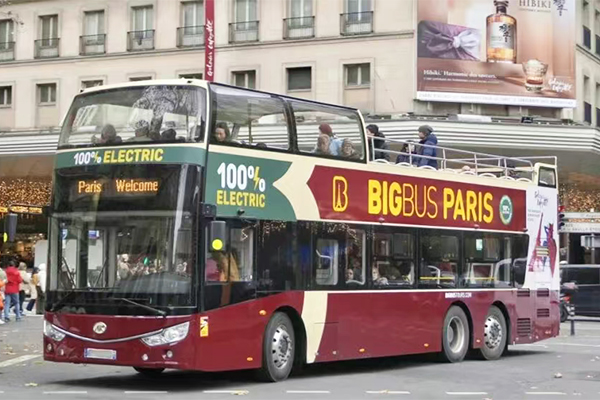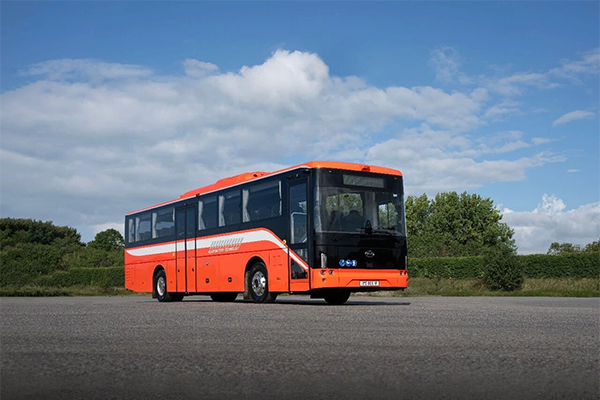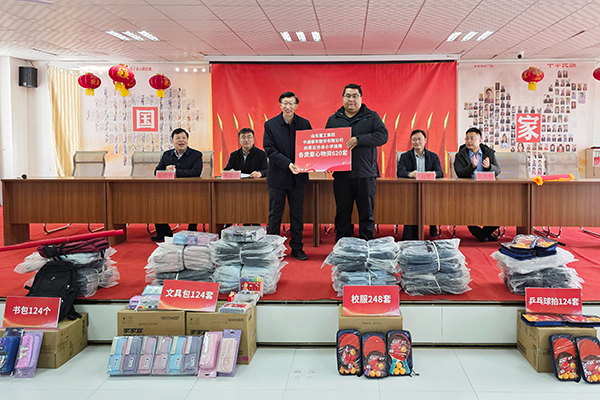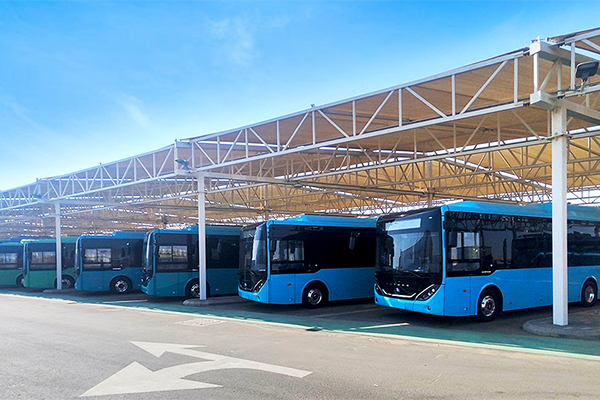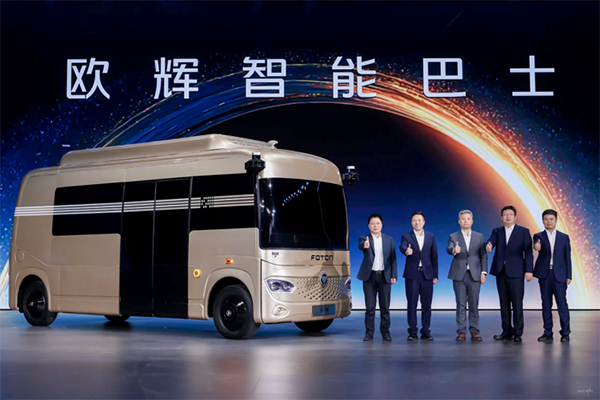Domestic Tyre Makers Going Green
18 March 2009
The internal combustion engine is being continuously improved and upgraded and the new energy automobile gradually comes onto the market. People are looking forward to the energy-saving and emission-reduction effect which the upgrade of automobile technology may bring to us. But people pay little attention to tyre and don't know that there is a limitless potential of energy saving and emission reduction in the small tyre. On many forums and exhibitions on tyre, main domestic and foreign tyre brands have spoken with a common voice: tyre can also save fuel and reduce emission.
When the tyre contacts the road surface, it will deform as a result of load, its components will get hot and some energy transmitted by the engine will be consumed during the process, which is the rolling resistance phenomenon. The energy required by the vehicle to run is provided by fuel combustion, so the reduction of the tyre's rolling resistance can save fuel and reduce the emission of carbon dioxide and other greenhouse gases simultaneously. Owing to rolling resistance, the fuel consumption caused by tyre accounts for about 20 percent of that of the whole car, which can reach one third for truck. According to the statistics of tyre manufacturer Michelin, if the tyre's rolling resistance reduces by 20 percent, the emission of carbon dioxide per kilometer can reduce by 4 grams and a car can save 23 litres of fuel annually.
"The occurrence of meridian tyre in 1946 reduced the tyre's rolling resistance by 20 percent and the 'green' tyre emerging in the 1990s further reduced the rolling resistance on the basis of meridian tyre." Head of Rubber Tyre Expert Group of Planning and Economic Committee of China Rubber Industry Association Chen Zhihong says, "Although it just begins, the 'green' tyre represents the trend of further energy saving and emission reduction via tyre."
In 1992, Michelin first added silicon into the rubber formulation in the world so as to greatly reduce energy consumption, which was the first time that the concept of "green" tyre came to human. The "green" tyre, also known as environmental friendly tyre or low-pollution tyre, is to add new material into the tyre formulation so as to reduce the tyre's rolling resistance and fuel consumption, and achieve the environmental protection effect of reducing exhaust emission of automobile. Chen Zhihong analyzes that the main ways of "green" tyre to reduce the rolling resistance is to use SSBR with well non-skid property and low rolling resistance in combination with stuffing system of mainly white carbon. Compared with meridian tyre of the same specifications, the "green" tyre can reduce the rolling resistance by about 26 percent, save fuel by about 3 percent~ 8 percent and at the same time keep performances such as wearing resistance, low noise, adhesive power to dry and wet road, etc. at a better level.
Despite of many advantages, the "green" tyre is mainly used by top-grade automobiles in a period of time as a result of its high cost. But as the number of automobiles in the world increases, the oil resources are to be exhausted and the influence of car emission on the environment enhances, the requirement on energy saving and emission reduction of automobile is becoming more and more urgent. With rapid development in recent years, the automobile industry in our country also encounters the critical problem of energy saving and emission reduction. These factors have created an opportunity for the popularization of "green" tyre. Presently, main tyre manufacturers in the world are making great efforts to develop and produce "green" tyre and the international giants are increasingly distributing their "green" tyres in China.
Source : internet
Views:3871



